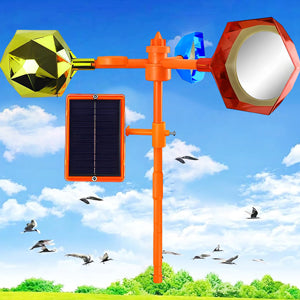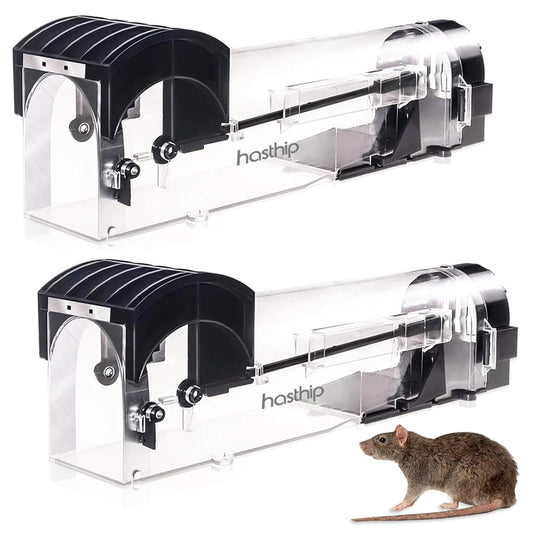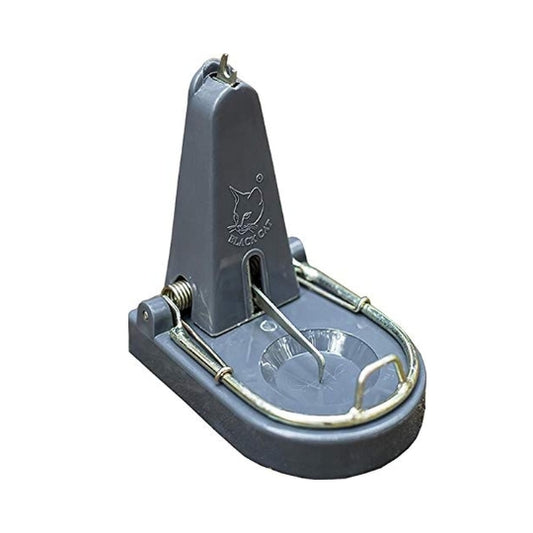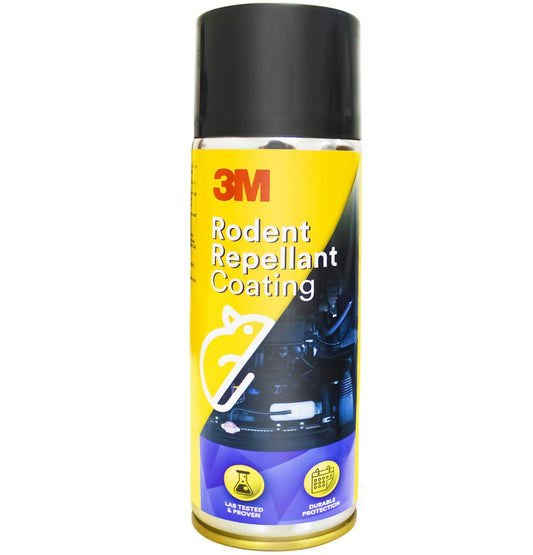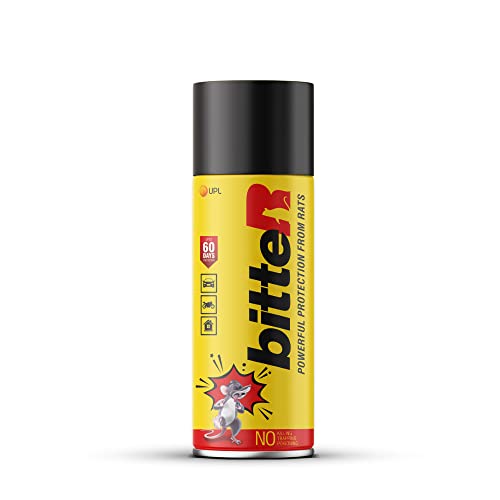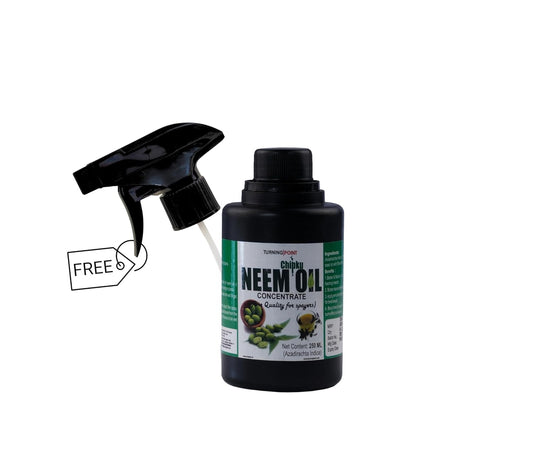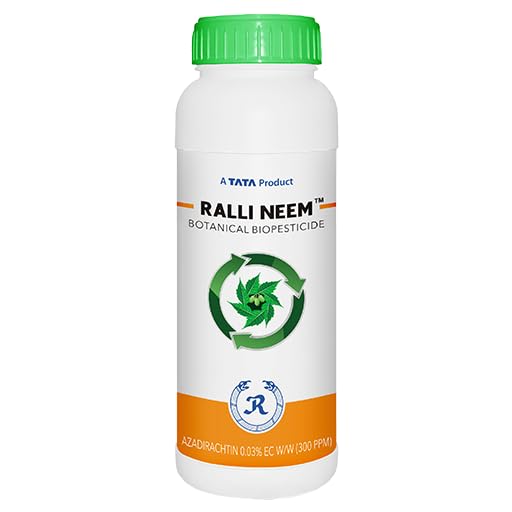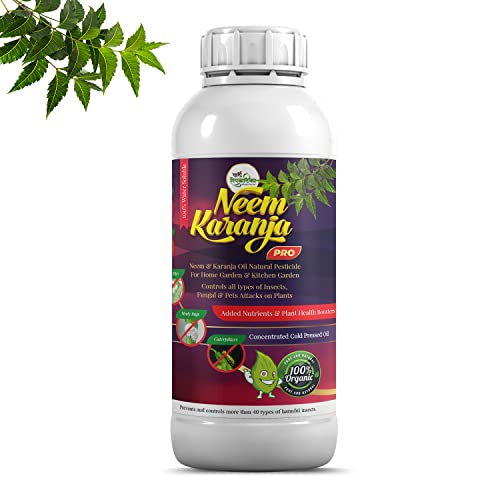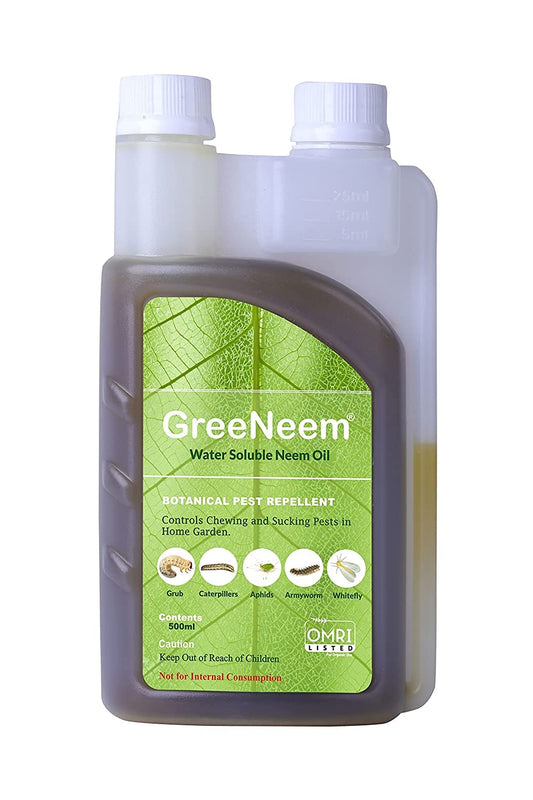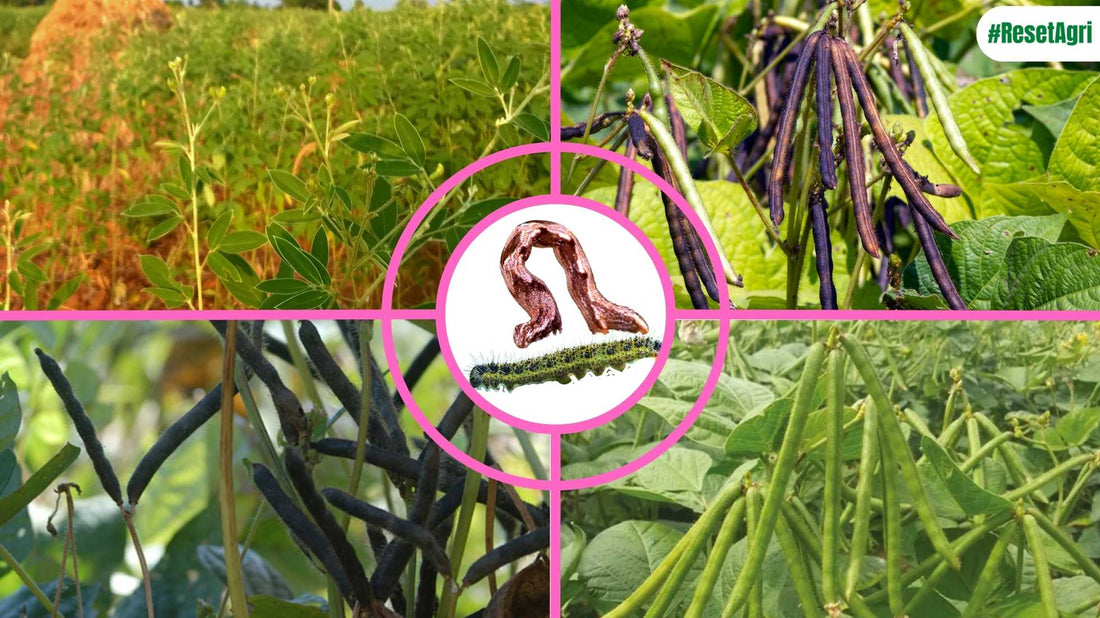
Winning the War on Pests: Proactive Strategies for Black Gram, Green Gram & Red Gram in Kharif Season
Share
Farmer friends, if you are planning to cultivate grams like black gram, green gram, red gram in upcoming kharif your crop is most likely to encounter a plethora (many different) of chewing and borer pests like Helicoverpa, Spodoptera,Maruca, and Semilooper.
All three - green gram (mung bean), black gram (urad dal), and red gram (pigeon pea) - are legumes, known for their nitrogen-fixing abilities. They enrich the soil, reducing dependence on fertilizers in subsequent crops.
These are the most anticipated class of pests after sucking pests. These pests have a complex survival strategy and can keep themselves alive in alternative hosts when these crops are not standing in your farms. Their adults have immense ability to fly and enter newer territories suitable for establishing their life cycle. They lay eggs under the leaf or inside the stems or developing ovaries or fruits. Larvae that hatch from these eggs are voracious eaters and grow rapidly. After eating a lot they form the pupae and rest for a short while. Sooner or later adults come out of these pupae. If the territory is suitable for their future generation, they mate and lay more and more eggs. In a good environment their population grows rapidly in compounding fashion.
Various caterpillars, including pod-feeding and leaf-eating types, attack these crops. They munch on leaves and pods, hindering plant growth and reducing grain production.
As the whole cycle is not observable to us, we found them when the population has gone out of control and crops have started losing the game. Every action we plan at this stage is likely to be more expensive and less productive as the enemy has already made your crop a home. So what is the solution?
If you are planning these crops, offering them a great environment like ample nutrition and irrigation, you need to anticipate the attack of pests. You have great options available.
Combining data analysis with user-friendly interfaces, DSS are being developed to provide farmers with real-time recommendations for pest management. These systems can suggest specific actions based on the specific pest threat and crop conditions.
You can monitor your crops by using sticky traps, pheromone traps, light traps and plan a preventive spray of modern pesticide formula that contains strategically planned active ingredients eliminating vulnerable life stages like eggs and voraciously feeding larvae.
Adults can be trapped to disrupt their mating using pheromone traps. Specific lures are available for Helicoverpa, Spodoptera and Maruca.
Sticky traps are more useful for sucking pests however sticky traps are often mistaken. Sticky traps can be used for monitoring of sucking pests and to use them as a control device, farmers need to use more than 500 sticky pads per acre which is very hard and expensive. We shall discuss this issue separately as this article discusses chewing and boring pests.
Now solar lights traps are available and can be installed before flowering and removed as crop matures. These traps charge themselves using solar light and get automatically switched on at night. Pests get attracted to light and may be either trapped in water or electrocuted. Light traps that employ electrocution need larger solar panels, efficient batteries and are often costly. Chance of larger and costly solar insect traps getting stolen is more. Water trap based light traps need to be refilled every few days based on climate.
Some light traps also have sockets for pheromone lures and farmers need to insert pheromone lure based on the crop he is planning. Fact is that not all pheromone lures are strong enough to control pests. Few are only for monitoring and few are disruptive. So be careful while choosing pheromone lures too.
Pesticides come first in your mind while thinking of pests, believe me, pesticides can be either supplementary or last resort. Not all pesticides are alike. There are natural pesticides like neem oil based, azadirachtin like biocide based or living pesticides like microbial or viral pesticides.
The availability of counterfeit and substandard pesticides is a major issue. These products are often ineffective and can harm crops and human health.
All chemical pesticides are not alike. There are generic formulas with high concentrations of particular pesticides. Most of them are available in EC formulas. These are cheap, low performing and hazardous to use. Advanced pesticide formulas in the form of suspendable concentrate (SC), capsule suspension (CS), ZC formula which is a combination of SC and CS technologies, often contain more than one active ingredient having total percent below 20%. They are somewhat costly but cost effective as they perform exceptionally well and are user friendly too.
In this particular article, we would like to introduce you to one wonderful formula and will also tell you when and how to use it.
Plethora is a broad-spectrum insecticide that tackles a variety of troubling pests like borers, leaf eaters, and leaf folders. It's particularly effective against caterpillars that damage your:
- Grams (Black gram, Green gram, Red gram)
- Peas (Chickpea, Pigeon pea)
- Oilseeds (Groundnut, Soybean)
- Fruit vegetables (Tomato, Chilli)
- Paddy (Rice)
Why Choose Plethora?
Dual Action Power: Plethora packs a punch with two unique ingredients (Novaluron (5.25%) + Indoxacarb (4.5%) SC that attack caterpillars in different ways:
Stops them in their tracks: Novaluron inhibits the synthesis of chitin. Due to this action, larvae hatched from eggs, cannot molt to the higher stages. Conversion of larvae in caterpillars is disrupted. This is important as crops are harmed to a great extent during this part of the life cycle of pests.
Unpredictable weather patterns, due to climate change, can disrupt pest control schedules and render some management strategies less effective.
Fast kill: Indoxacarb attacks the nervous system of existing caterpillars, leading to quick death.
Safe for the Environment: Unlike some harsh chemical insecticides, Plethora is a suspension concentrate free from harmful solvents. This makes it a more eco-friendly option for your farm.
Plethora is available in the pack sizes of 50ml, 100ml, 350ml, 500ml and 1ltr.
Many farmers have experienced the usefulness of Plethora and if you have any experience, please share your comments in section below.
Before we conclude, I would like to bring to your attention that the best pest control strategy is anticipation (expectation) of pests before you start cultivating a crop! God favors a prepared mind so be ready for an unfortunate attack. Secondly you need to monitor the crop using a plethora of pest management tools available and discussed in the article. Last but not the least, choose pesticide carefully based on modern science and latest technology.
Keywords:
- Black gram pest control
- Green gram pest control
- Red gram pest control
- Kharif season pests
- Chewing and boring pests in grams
- Helicoverpa pest control
- Spodoptera pest control
- Maruca pest control
- Semilooper pest control
- Monitoring pests in grams
- Pheromone traps for grams
- Light traps for grams
- Natural pesticides for grams
- Modern pesticide formulas for grams
- Plethora insecticide
- Dual action insecticide
- Eco-friendly pest control for grams
- Proactive pest management for grams








